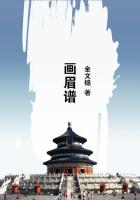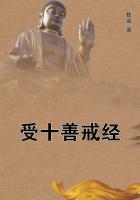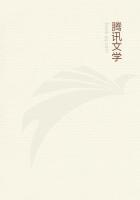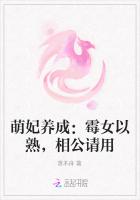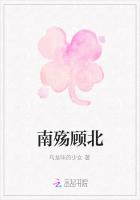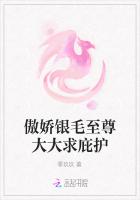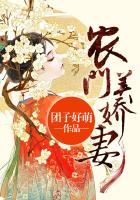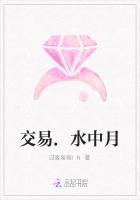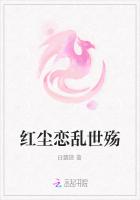"The Moors brought to Spain and Sicily not an entirely new invention, but an improved method of making paper, and what was more important, a culture and civilization that kept this method in constant exercise. It was chiefly for the lack of ability and lack of disposition to put paper to proper use that the earlier European knowledge of paper-making was so barren of results. The art of book-making as it was then practised was made subservient to the spirit of luxury more than to the desire for knowledge. Vellum was regarded by the copyist as the only substance fit for writing on, even when it was so scarce that it could be used only for the most expensive books. The card-like cotton paper once made by the Saracens was certainly known in Europe for many years before its utility was recognized. Hallam says that the use of this cotton paper was by no means general or frequent, except in Spain or Italy, and perhaps in the south of France, until the end of the fourteenth century.
Nor was it much used in Italy for books.
"Paper came before its time and had to wait for recognition. It was sorely needed. The Egyptian manufacture of papyrus, which was in a state of decay in the seventh century, ceased entirely in the ninth or tenth. Not many books were written during this period, but there was then, and for at least three centuries afterwards, an unsatisfied demand for something to write upon. Parchment was so scarce that reckless copyists frequently resorted to the desperate expedient of effacing the writing on old and lightly esteemed manuscripts. It was not a difficult task. The writing ink then used was usually made of lamp-black, gum and vinegar; it it had but a feeble encaustic property, and it did not bite in or penetrate the parchment. The work of effacing this ink was accomplished by moistening the parchment with a weak alkaline solution and by rubbing it with pumice stone. This treatment did not entirely obliterate the writing, but made it so indistinct that the parchment could be written over the second time. Manuscripts so treated are now known as palimpsests. All the large European public libraries have copies of palimpsests, which are melancholy illustrations of the literary tastes of many writers or bookmakers during the Middle Ages. More convincingly than by argument they show the utility of paper. Manuscripts of the Gospels, of the Iliad, and of works of the highest merit, often of great beauty and accuracy, are dimly seen underneath stupid sermons, and theological writings of a nature so paltry that no man living cares to read them. In Some instances the first writing has been so thoroughly scrubbed out that its meaning is irretrievably lost.
"Much as paper was needed, it was not at all popular with copyists; their prejudice was not altogether unreasonable, for it was thick, coarse, knotty, and in every way unfitted for the display or ornamental penmanship or illumination. The cheaper quality, then known as cotton paper, was especially objectionable.
It seems to have been so badly made as to need governmental interference. Frederick II, of Germany, in the year 1221, foreseeing evils that might arise from bad paper, made a decree by which he made invalid all public documents that should be put on cotton paper, and ordered them within two years to be transcribed upon parchment.
Peter II, of Spain, in the year 1338, publicly commanded the paper-makers of Valencia and Xativa to make their paper of a better quality and equal to that of an earlier period.
"The better quality of paper, now known as linen paper, had the merits of strength, flexibility, and durability in a high degree, but it was set aside by the copyists because the fabric was too thick and the surface was too rough. The art of calendering or polishing papers until they were of a smooth, glossy surface, which was then practised by the Persians, was unknown to, or at least unpractised by, the early European makers. The changes or fashion in the selection of writing papers are worthy of passing notice. The rough hand-made papers so heartily despised by the copyists of the thirteenth century are now preferred by neat penmen and skilled draughtsmen.

